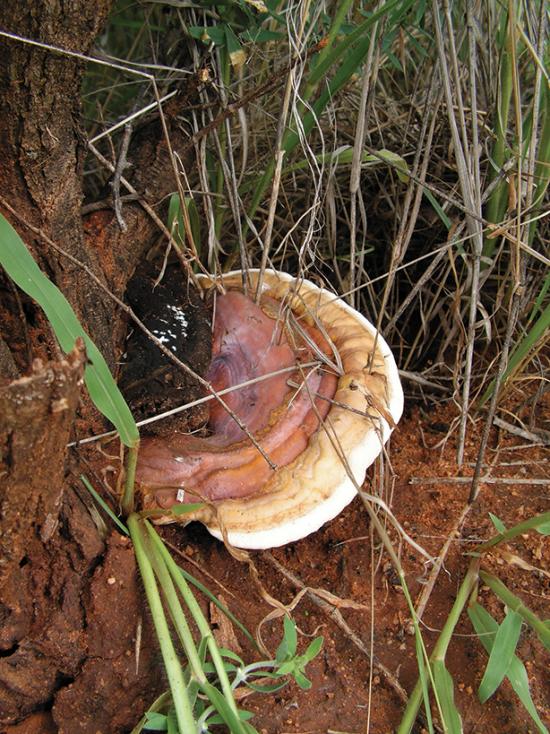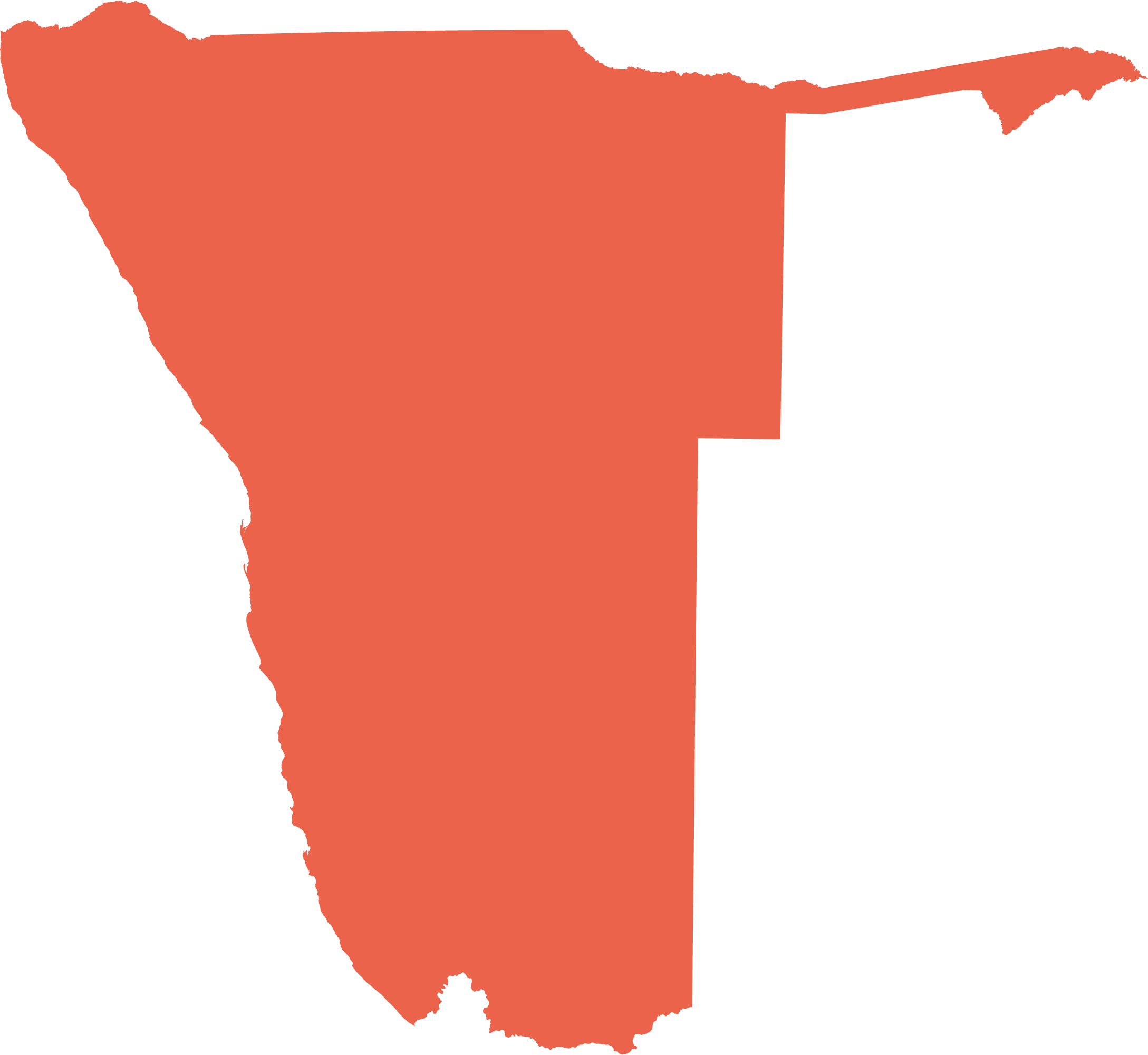Macrofungi – unsung heroes of the soil
Most fungi are extremely small; hidden from view in soil, wood and water. However, macrofungi – literally, big fungi – are familiar to most of us, and some are used as food or medicine. There are many varieties of macrofungi, such as mushrooms, truffles, bracket fungi and puffballs. These names refer to the reproductive fruiting bodies of these fungi, which distribute the spores.
The main mass of a fungus, however, is not seen – it is underground, in the case of those living in soil. It consists of an extensive mass of thin threads called mycelia through which the fungus absorbs nutrients. The mycelia secrete enzymes that break down complex organic compounds in the soil to simpler nutrients that they can absorb. Plants absorb these nutrients too, therefore the presence of macrofungi can be important in assisting plant nutrition. Apart from their role as decomposers in soil, the mycelia also help bind the soil and provide pathways along which water and air can move in the soil.
Despite Namibia being an arid country, it boasts a great diversity of macrofungi. Nearly 150 have been identified to genus or species level, and many others have yet to be recognised and described as distinct species because systematic efforts to collect fungi have not been made in many parts of Namibia. In short, far too little is known about the diversity and distribution of Namibian fungi.
For this reason, no map could be created for this atlas. We hope the photographs and information here spark young and other enthusiastic Namibians to rise to the challenge of filling this gap.

Photo: S Rothmann

Photo: T Figueira
Termitomyces schimperi is found at the base of tall termite mounds in central and northern Namibia. This is probably the most well-known and widely used mushroom in Namibia, and is locally known as ejowa (or plural, omajowa). The cap of this species can grow up to 40 centimetres in diameter and it often fruits in groups, with sometimes dozens of sporocarps (fruiting bodies) at the base of a single termite mound. The size and flavour of omajowa make them a prized food. Like many fungi, they fruit under specific circumstances – usually at the start of the rainy season – and are shortlived. Other Termitomyces species found in Namibia are T. clypeatus, T. microcarpus, T. tylerianus and T. umkowaan. All of these species are edible.

Photo: S Rothmann

Photo: S Rothmann
Another popular edible species is the Kalahari truffle, Terfezia pfeilii, locally called the omatumbula, n'xaba or ||habas. San people have eaten Kalahari truffles for millennia and continue to do so today. The ascocarps – or truffles – occur sporadically depending on rainfall and are found below the soil surface, requiring skill and a trained eye to find them. This species is commercially harvested, but has also been successfully cultivated which should prevent wild populations of the Kalahari truffle from becoming threatened.

Photo: S Rothmann
An indigenous species of bracket fungi of the genus Ganoderma is used in the central northern regions of Namibia as a medicine for people and livestock. Unlike Termitomyces and Terfezia, which grow in soil, Ganoderma fruiting bodies are found on the trunks of trees. Individual species are hard to identify, but the genus as a whole is well known for its medicinal properties, with benefits that include modulating the immune system, and anti-tumour, antibacterial, antiviral and cardiovascular effects.

